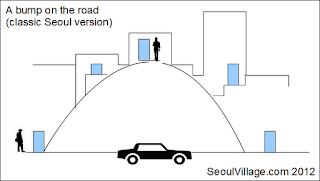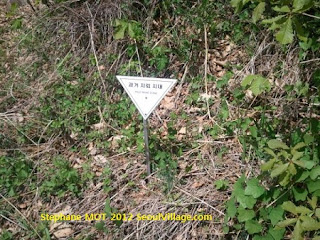I had tickets for each station of the cross, including ICN and CDG: Les Bleus and I shared the same flight back to France. But I never felt sad, because this excuse for a team didn't deserve to go any further.
Furthermore, there was happiness all around. With that growing red wave about to engulf the whole country.
Frankly, in the years and even in the months ahead of that kick off, I really doubted the event could turn out to be a major popular success. Soccer was by no means the national pastime, and you couldn't feel any fervor build up.
Then, on June 4, South Korea won its opening game against Poland - the country's first victory ever in a World Cup. Massive celebrations followed, each time greater and more impressive. Far beyond victories and qualifications, a complete nation was on the streets, sharing moments of pure happiness for the whole world to see.
Dae-han-min-guk. Korea, united in peace. This side of the DMZ at least.
That was 10 years ago.
Whatever happened to that 2002 spirit?
Seoul Village 2012
NEW : follow Seoul Village on Facebook and Twitter





















